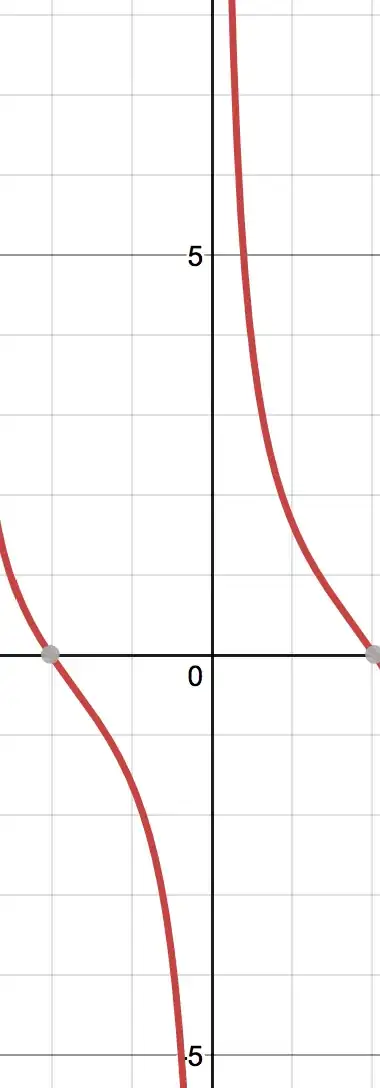Evaluate $$\lim_{x \to 0} \left(\frac{1}{x^2}-\cot^2x\right).$$
Attempt \begin{align*} &\lim_{x \to 0} \left(\frac{1}{x^2}-\cot^2x\right)\\ = &\lim_{x \to 0} \left(\frac{1}{x}-\cot{x}\right)\left(\frac{1}{x}+\cot{x}\right)\\ = &\lim_{x \to 0} \left(\frac{\sin{x}+x\cos{x}}{x\sin{x}}\right)\left(\frac{\sin{x}-x\cos{x}}{x\sin{x}}\right)\\ = &\lim_{x \to 0} \left(\frac{\sin{x}+x\cos{x}}{x\sin{x}}\right) \times \lim_{x \to 0}\left(\frac{\sin{x}-x\cos{x}}{x\sin{x}}\right). \end{align*}
Both the terms are in $\frac00$ form. So applying L'Hopital on both the limits we have,
$$= \lim_{x \to 0} \left(\frac{2\cos{x}-x\sin{x}}{x\cos{x}+\sin{x}}\right) \times \lim_{x \to 0}\left(\frac{x\sin{x}}{x\cos{x}+\sin{x}}\right).$$
The second term is in $\frac00$ form. So applying L'Hopital on the second limit we have, \begin{align*} = &\lim_{x \to 0} \left(\frac{2\cos{x}-x\sin{x}}{x\cos{x}+\sin{x}}\right) \times \lim_{x \to 0}\left(\frac{x\cos{x}+\sin{x}}{2\cos{x}-x\sin{x}}\right)\\ =& \lim_{x \to 0} \left(\frac{2\cos{x}-x\sin{x}}{x\cos{x}+\sin{x}}\right) \times \left(\frac{x\cos{x}+\sin{x}}{2\cos{x}-x\sin{x}}\right)\\ =& 1 \end{align*}
The correct answer is $\dfrac23$ which can be found using series expansion. But I think I'm making a conceptual mistake in one of the above steps. Could you please point out to the specific step where I've committed a mistake in above solution?
